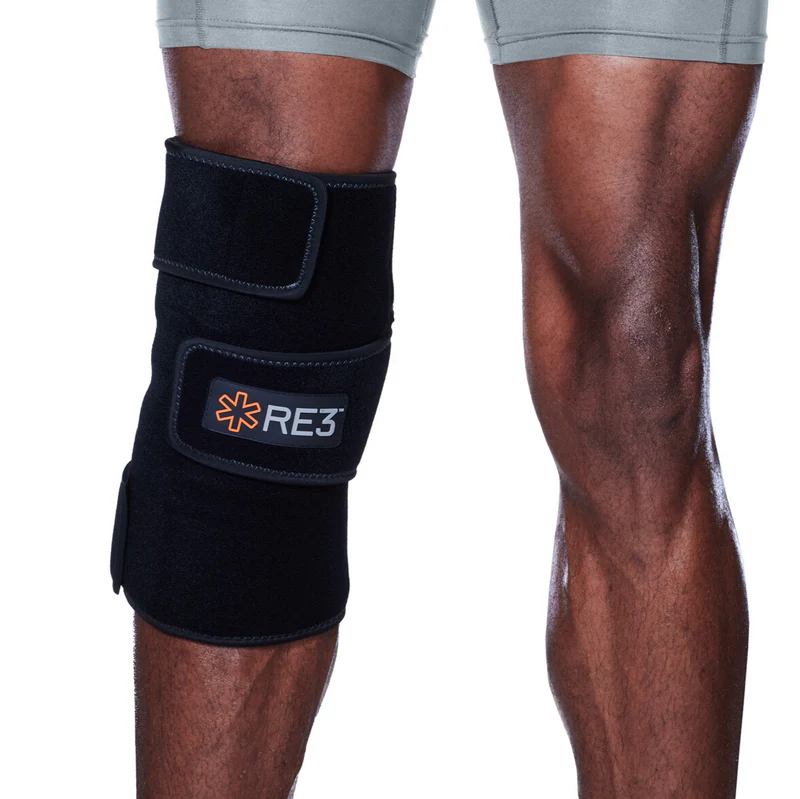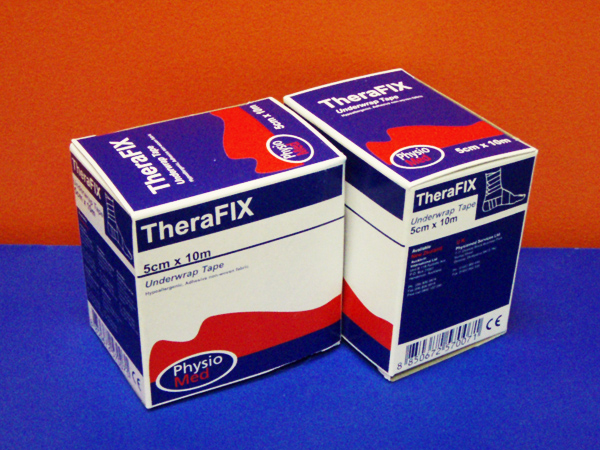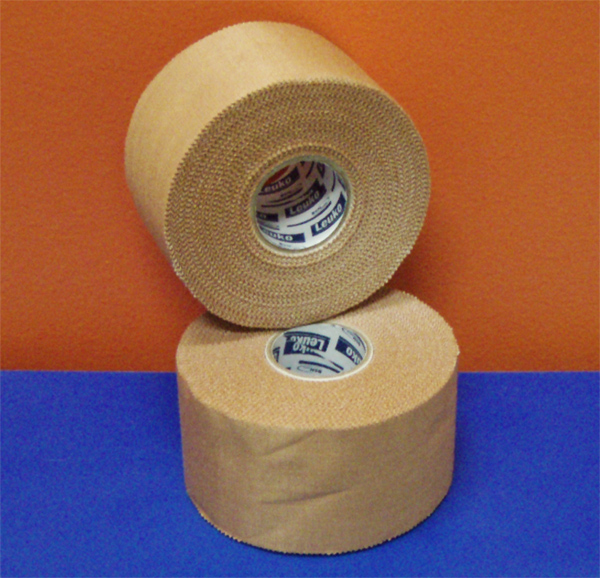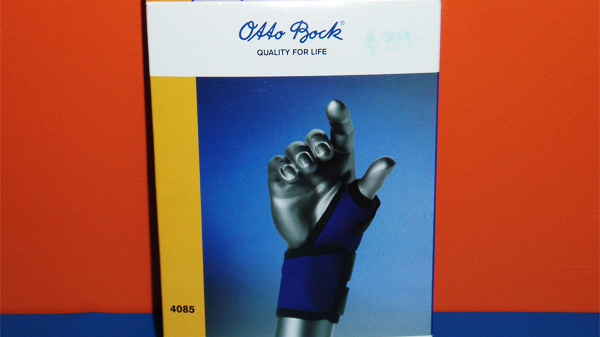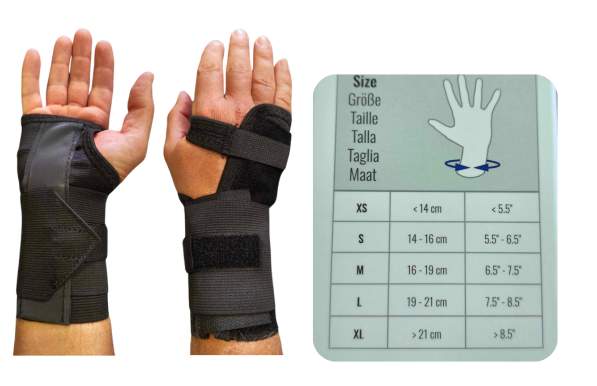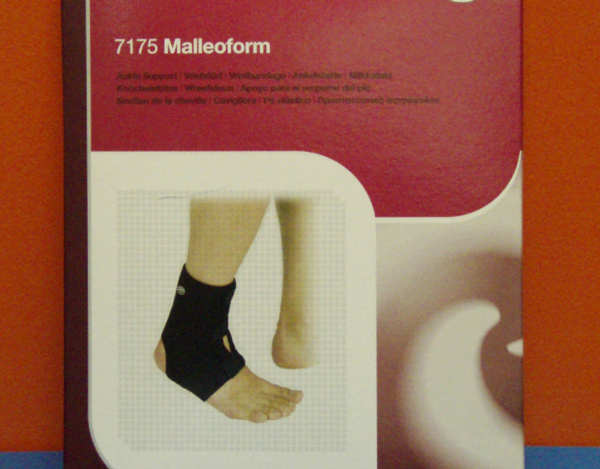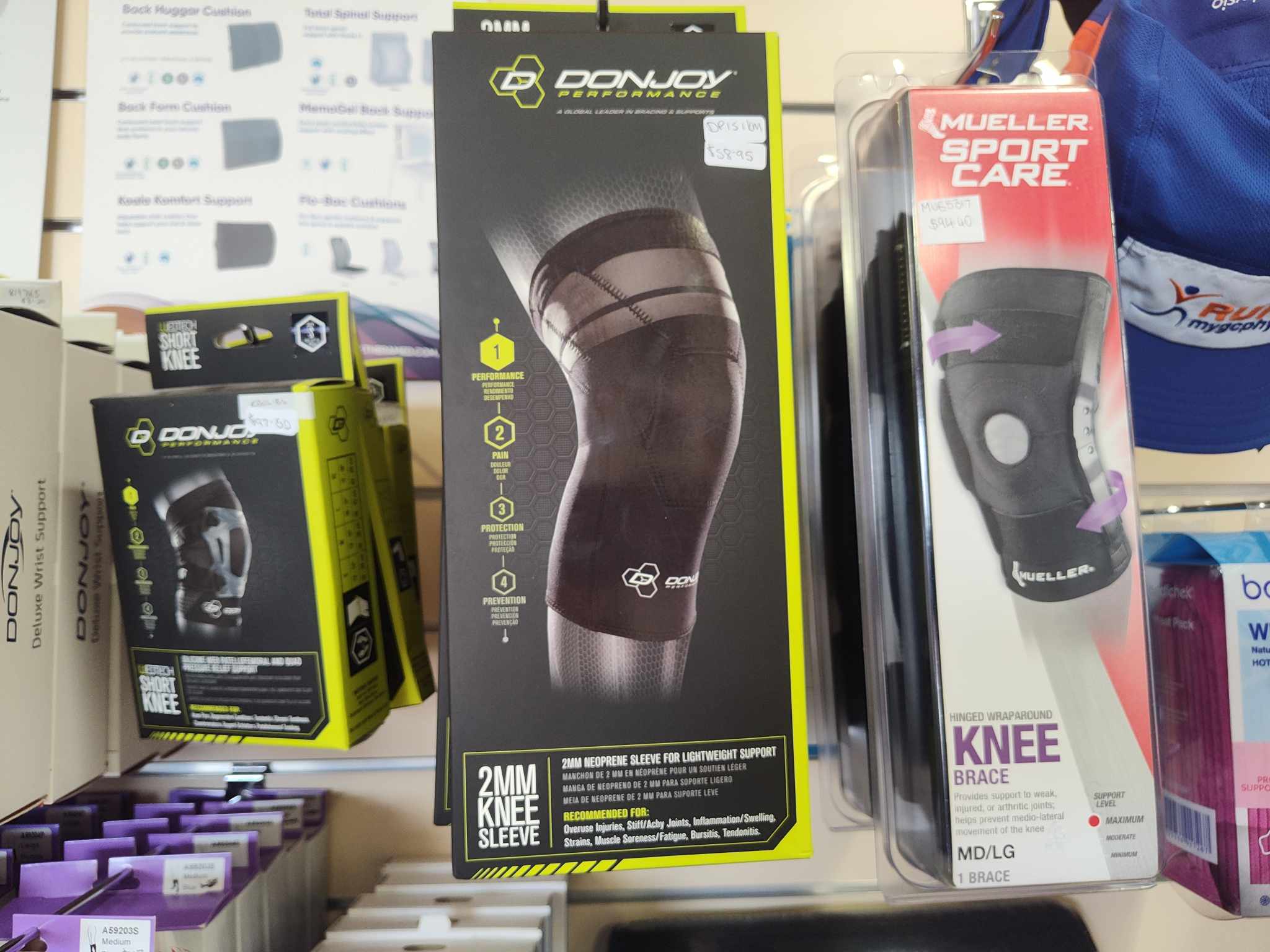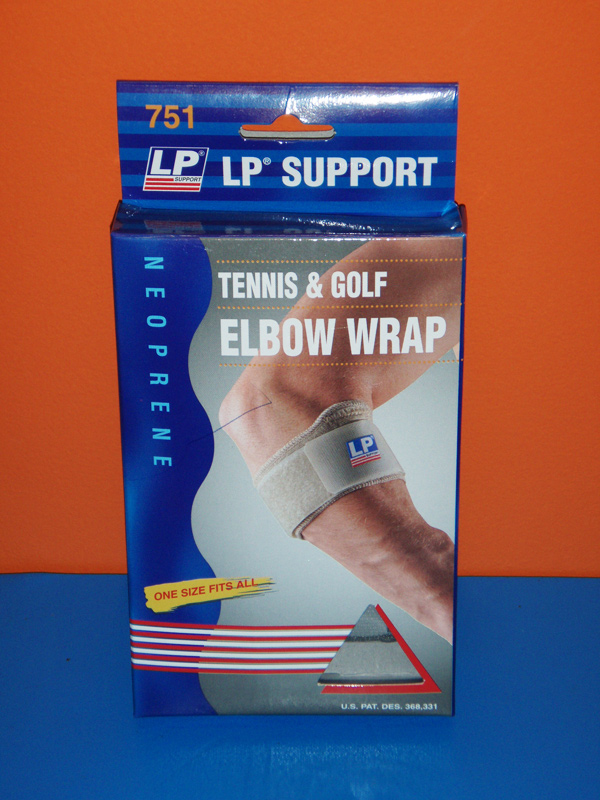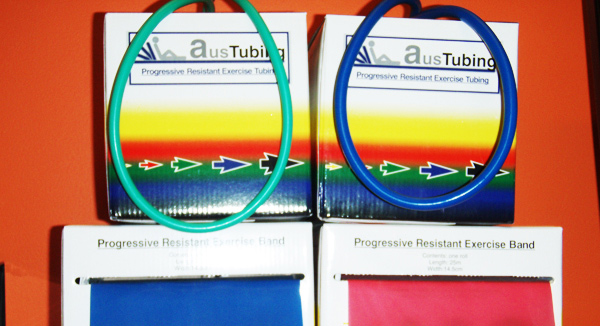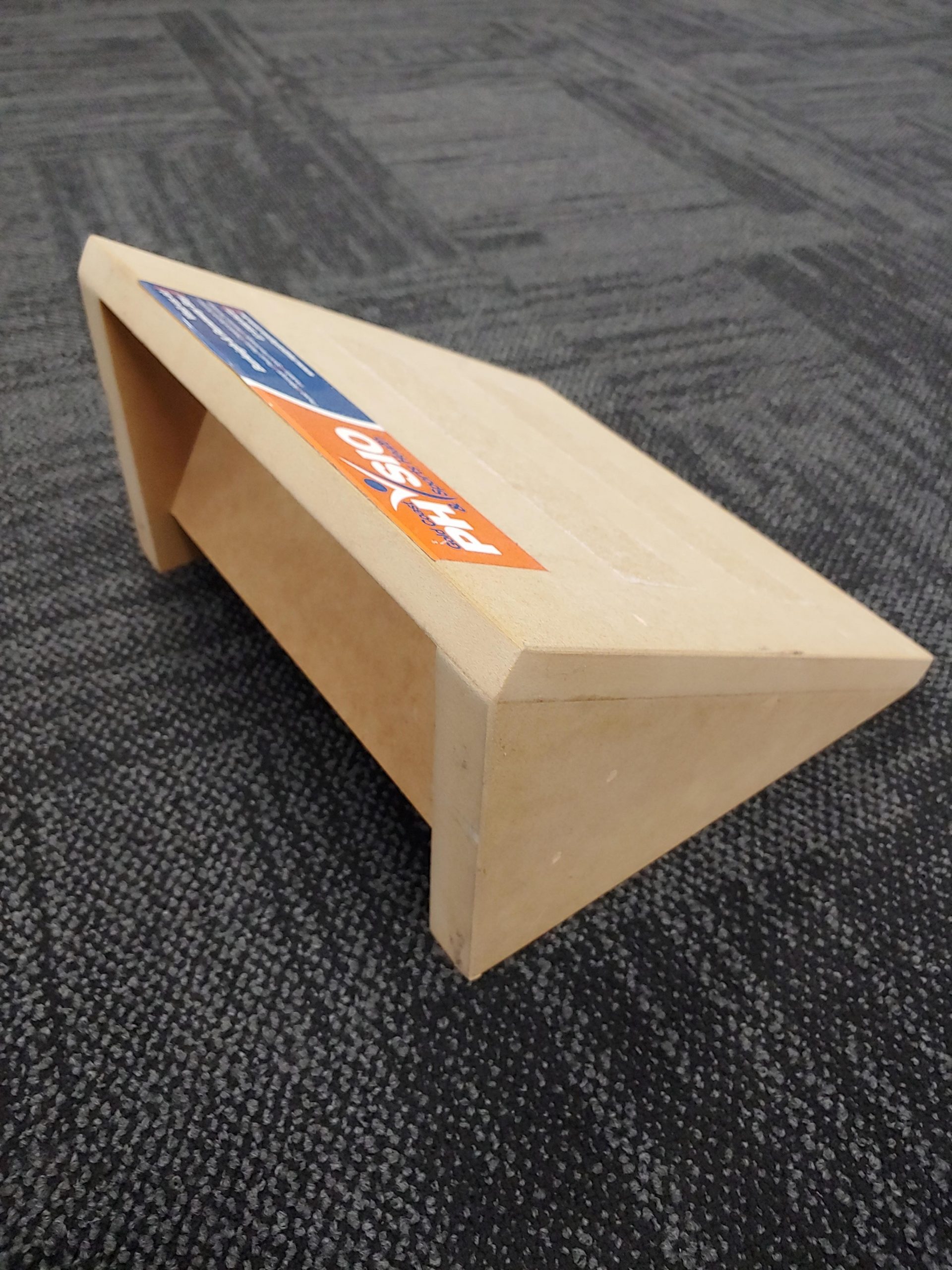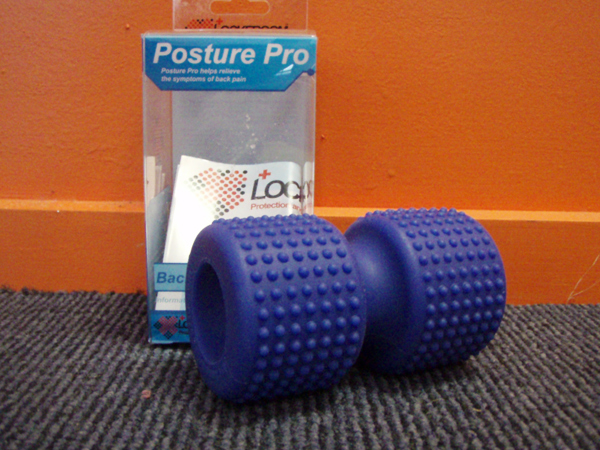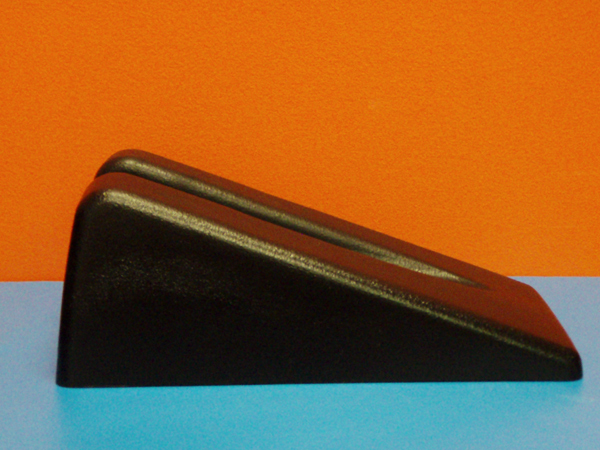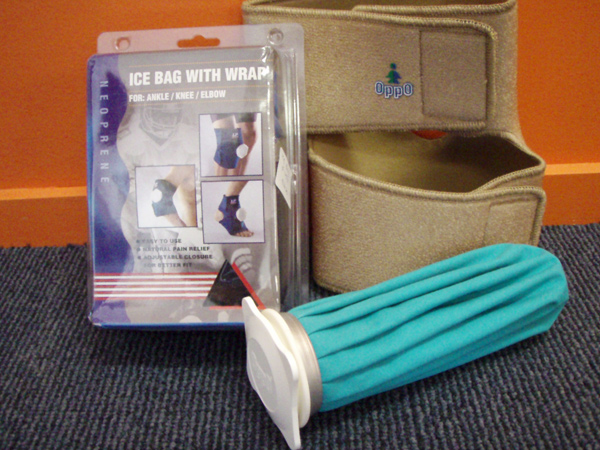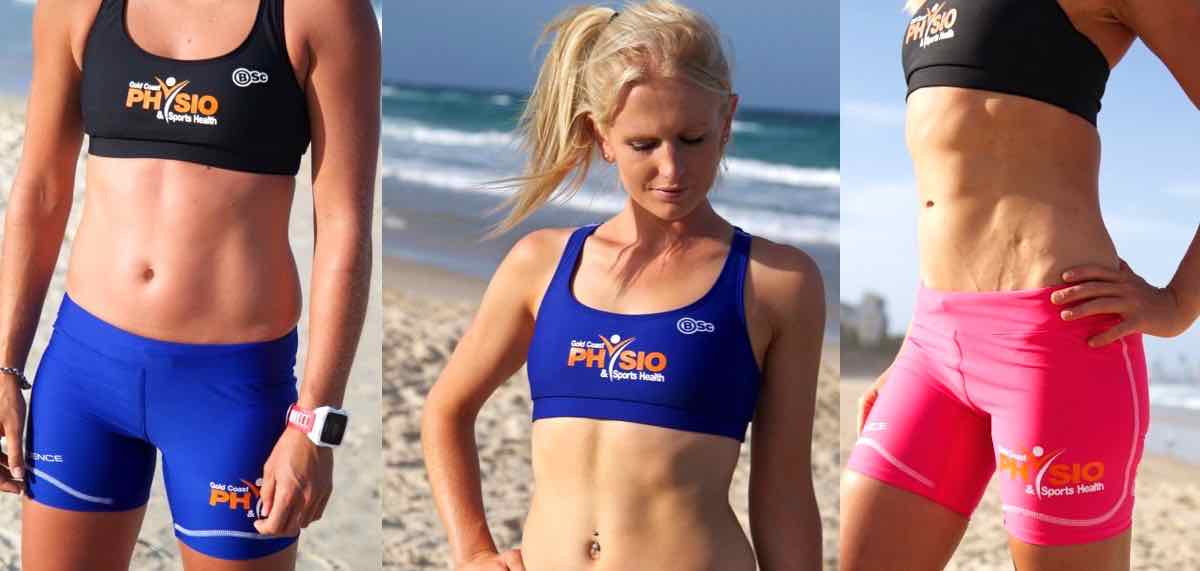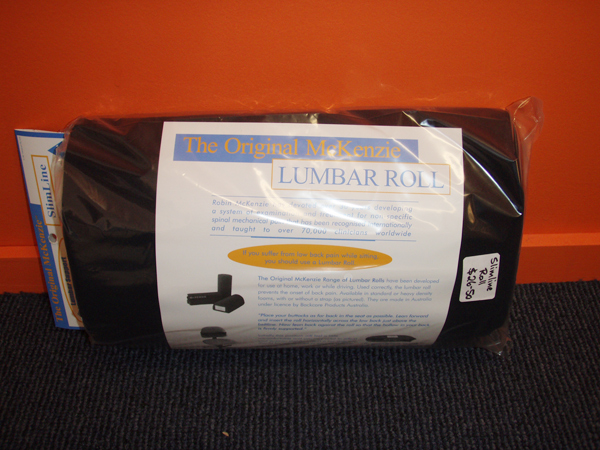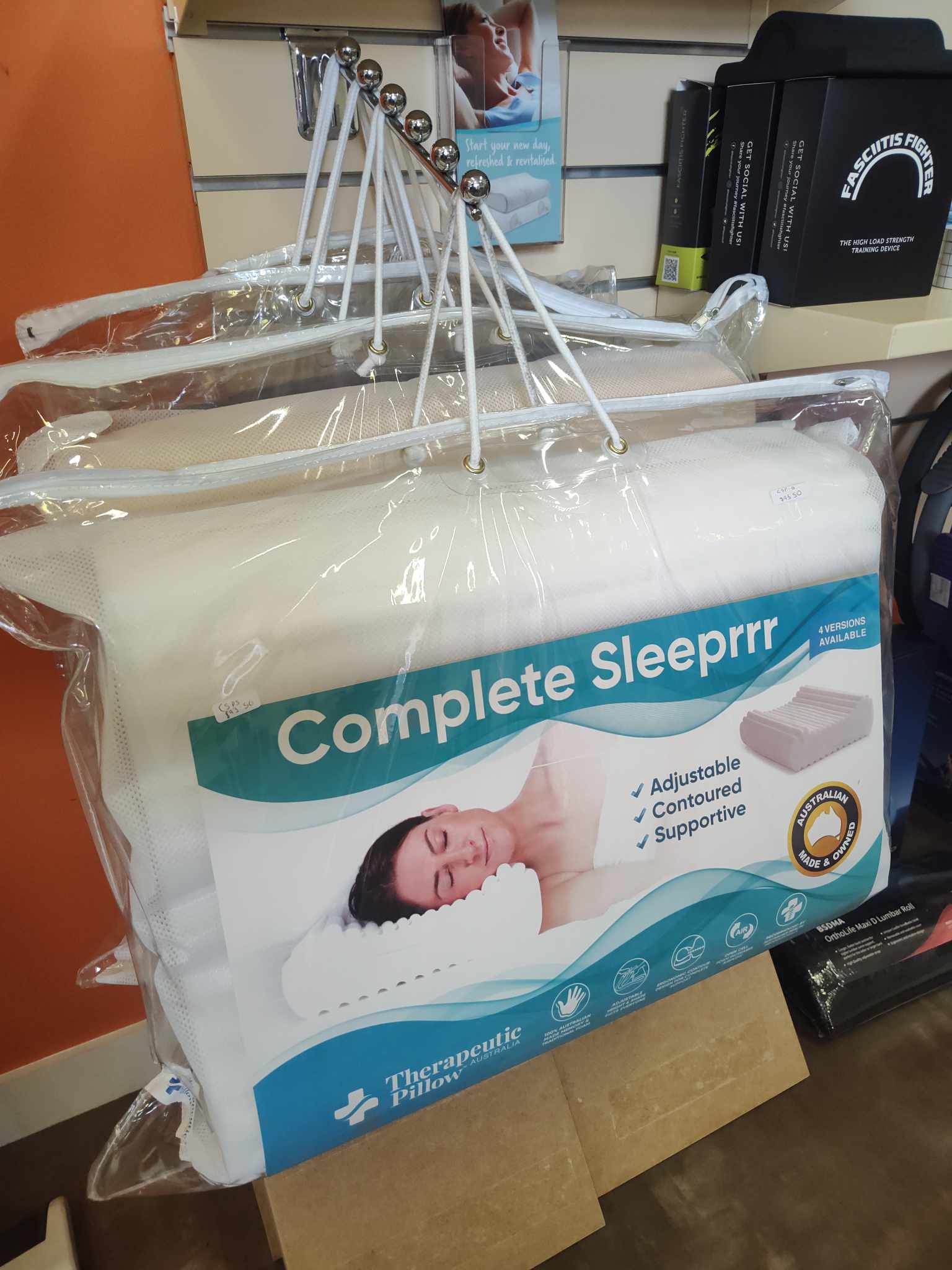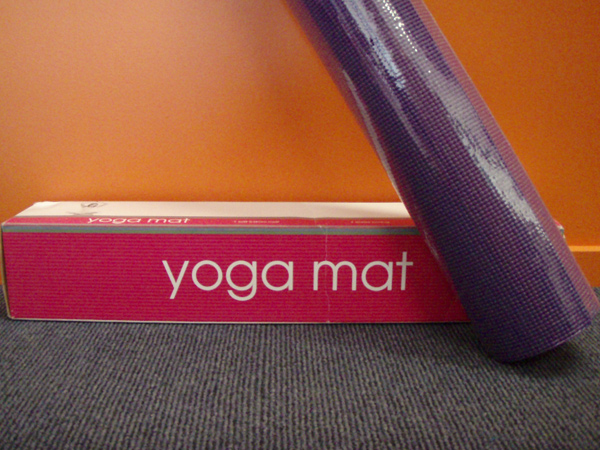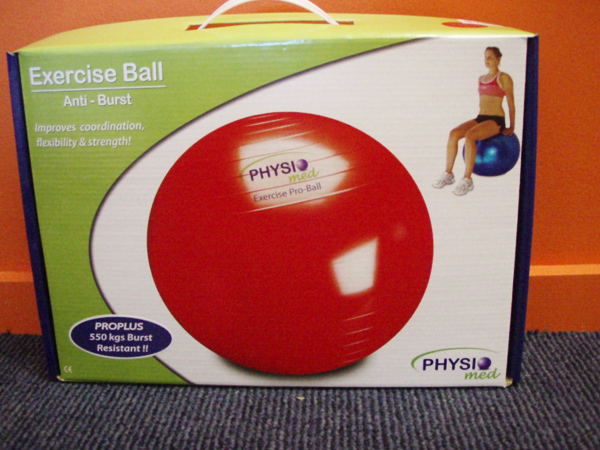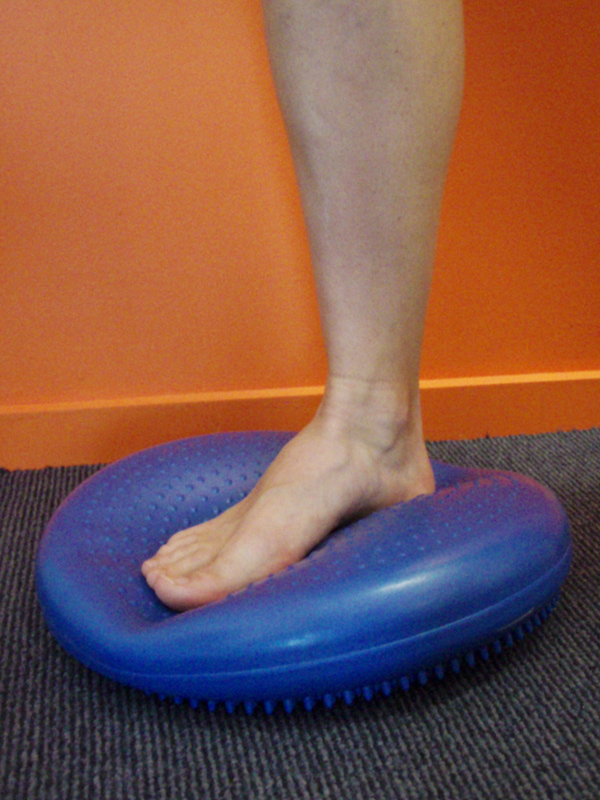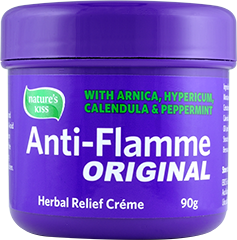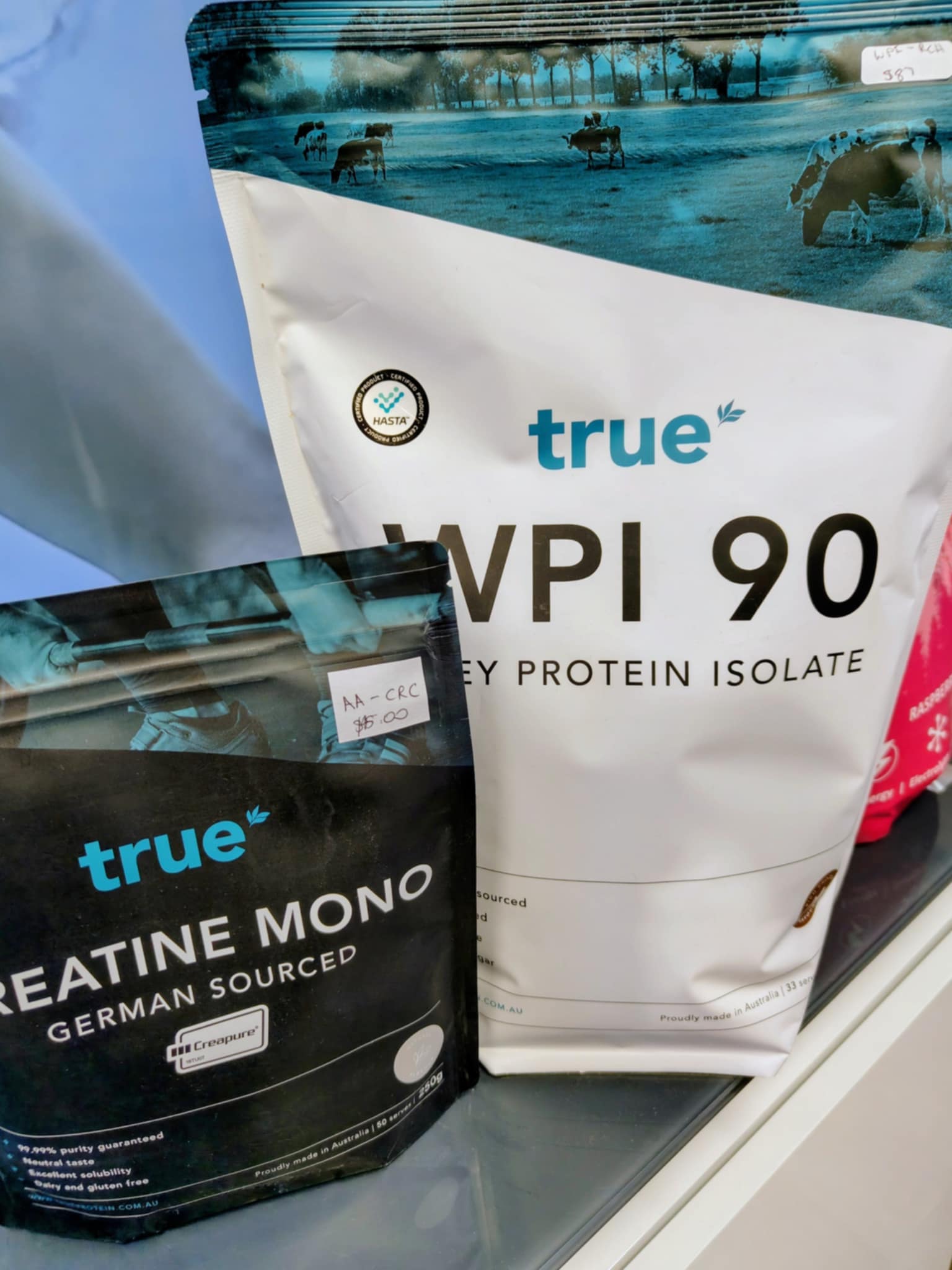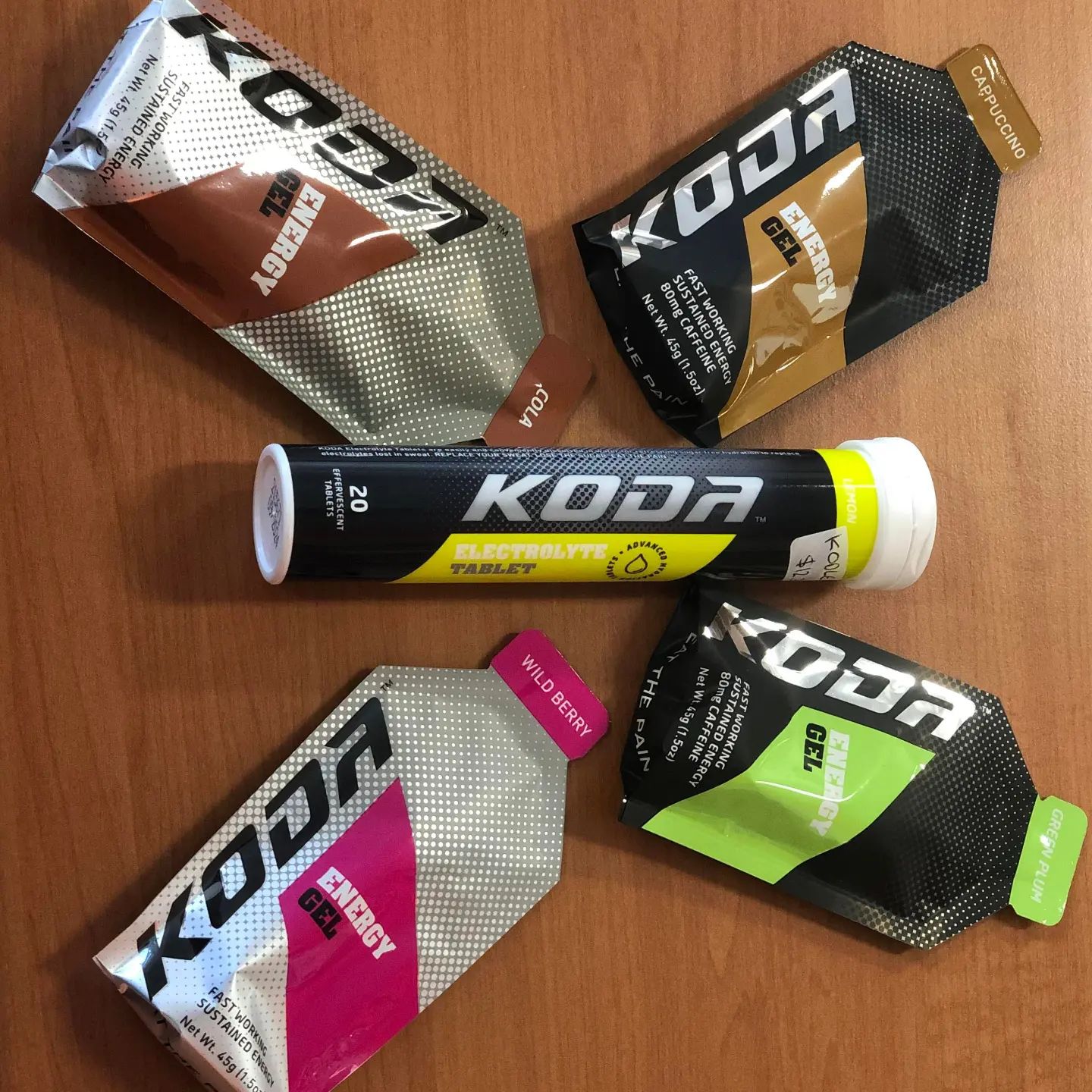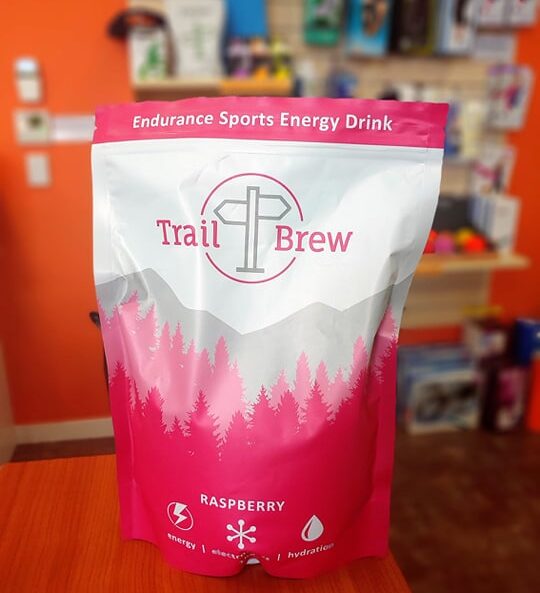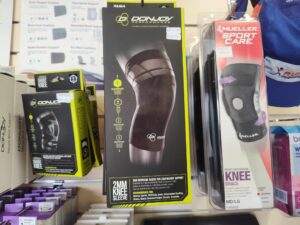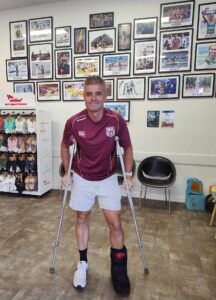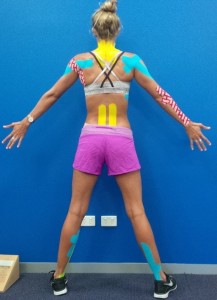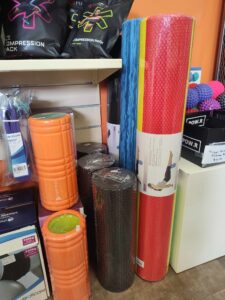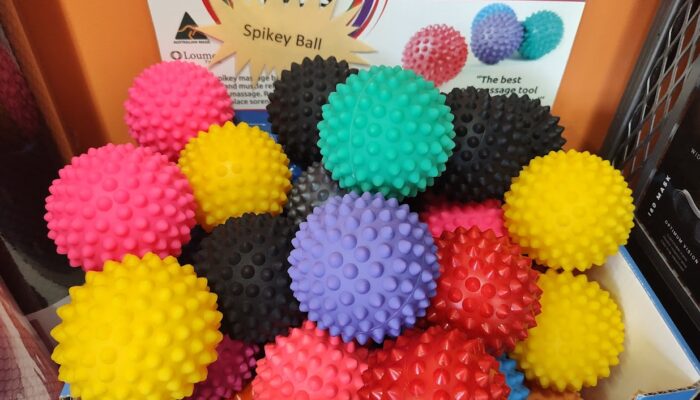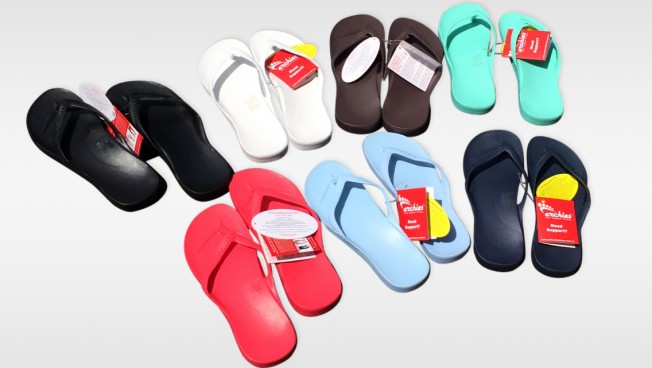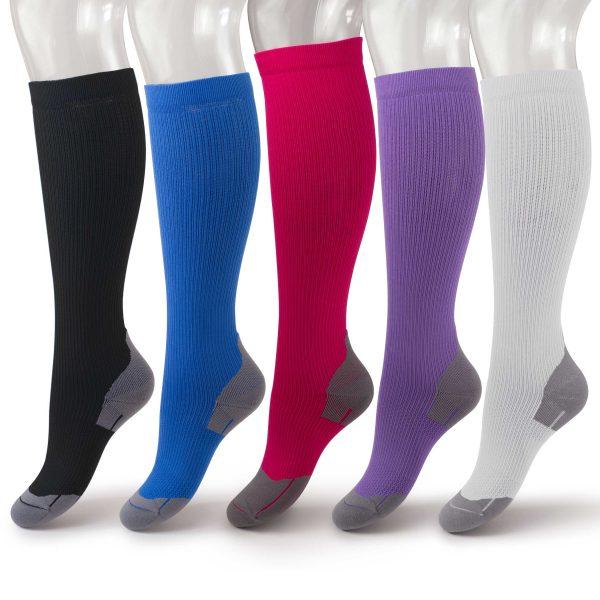Stretching for Cyclists Part 1)
Words by Gold Coast Physio & Sports Health Sports Physio and avid cyclist Andy Frith
I’m often asked “what are the best stretches for cyclists?” The answer is not as easy as it sounds. Firstly everyone has a different body shape and each cyclist has a different pedal stroke and style so a stretching program is very individual. Some people need to stretch more than others to be able to obtain a more ideal cycling position to optimise performance, while other cyclists may be inherently flexible and may need little stretching to perform well and stay injury-free.
For those of you that need- or feel like you benefit from- stretching, below are some stretches based on reducing the indcidence of 2 of the most common injuries in cyclists; knee pain and lower back pain.
If you have wither knee or back pain, these can be addressed by by a bike fit qualified physiotherapist who would look at managing training load management, bike- fit and your kinetic chain.
The following stretches done pre and/or post ride address common soft tissue restrictions seen in cyclists andmay help prevent injury.
Hold each stretch into a gentle range so that you can relax into the stretch while you hold it, and hold as long as you need to until that stretch sensation has eased.
1. Stretches:
Fit ball quad stretch (or if you are unstable using a fitball, use a chair under your rear foot, and you may also need a pillow under your stretch knee for comfort)
The best bang for buck cycling stretch to target your quads and hip flexors. These muscles are always in shortened positions when you ride and you need length in these muscles to funciton in uprgiht positions off the bike without low back pain, and you need mobiliy in these tissues around the knee to reduce incidence of knee pain.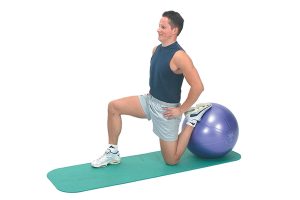
• Begin in a crouch runners start position, with the foot and ankle to be stretched on the ball.
• Slowly rise upward.
• You may need to place one hand on the ball or use a chair for support.
• Draw in your belly button toward your spine and roll your pelvis under so your back flattens to increase the stretch.
2. Hamstrings/ Nerve Stretching
Your hamstrings never fully straighten when riding, it’s important to keep them long for you back health. Having good hamstring/lower limb nerve length will also help you get into a good areodynamic positions. Improving aerodynamics means less resistance from air and wind and therefore improved speed and performance
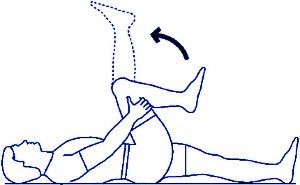
• Lie on your back with a small rolled up towel under your back at belt line level.
• The towel, when compressed should be the width and thickness of the fattest part of your hand.
• Grab the back of one leg with both hands, just below the knee, and bring the leg up until the thigh is perpendicular to the floor. Point your toe and slowly straighten your leg without letting the thigh move in your hands or letting your back come off the floor.
• Hold a comfortable stretch for 20 seconds, or if it feels more than muscular, your nerve pathway may be limited in its mobility and therefore, oscillat gently in and out of the stretch until the intensity of it eases.
3. Illiotibial band (ITB) stretch down the side of your leg
ITB tension and a saddle too high (or low) can cause knee issues.
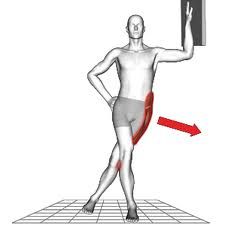 • Stand next to a wall and step forward of your inside leg as shown.
• Stand next to a wall and step forward of your inside leg as shown.
• Keep both feet flat on the floor.
• Use your inside arm for support against the wall and place your other han on your hip.
• Press your hip toward the wall and slightly downward as it moves closer to the wall.
• You should feel the stretch on the outside leg and hip of the leg closest to the wall.
• If you do not feel the stretch, bring your hips forward slightly and rotate your pelvis toward the front.
• You should not feel the stretch in your low back.
• Hold until it gives. Stretch each side up to 3 times.
As I previously mentioned everyone is different and other stretches may benefit certain people but for most cyclists these will hit most trouble spots. Your Physio or Massage Therapist can also guide you on the best area’s for you to do self-massage, foam roller or trigger-points to help your peformance and keep you injury-free.
Happy riding, stay safe and we’ll see you on the road!
Acknowledgements
Parts of this article were adapted fromPaul Visentini and Ben Clarsen’s article in Aspetar Sports Medicine Journal Volume 5 October/ November 2016. The Illustations were found in Paul Chek’s book “How to Eat, Move and be Healthy” 2004.

